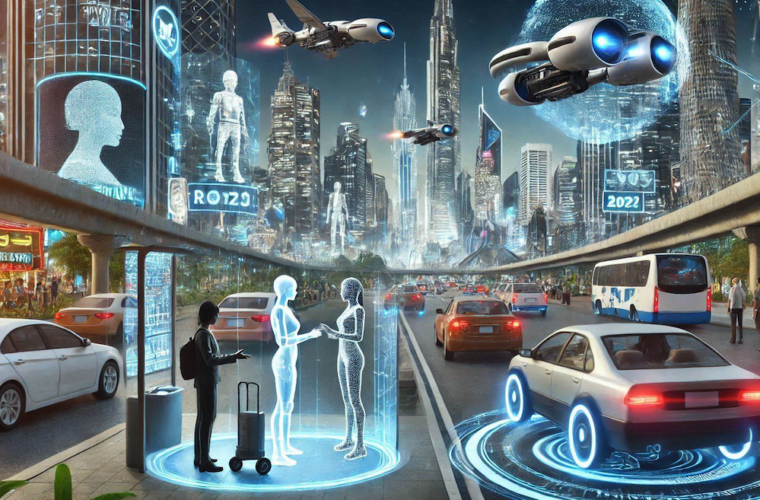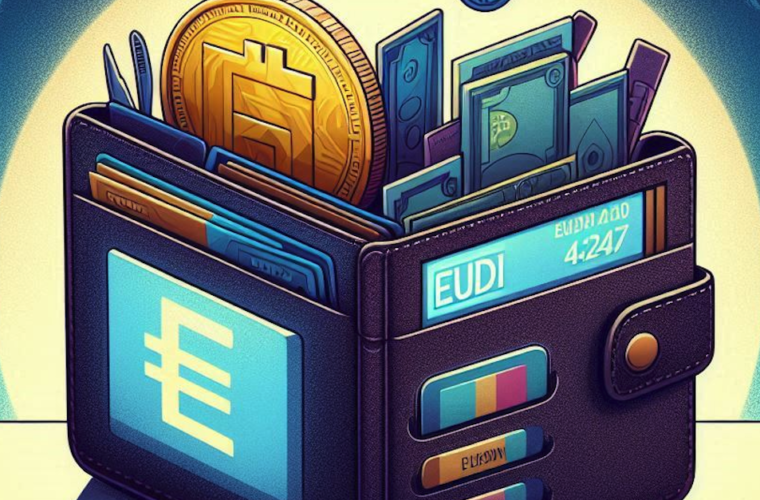Intel mass redundancies: Layoffs, huge losses, cost-cutting plans, bad strategic choices, and shareholder lawsuits against the company. The winds of crisis are blowing at Intel, which has been at the centre of controversy in recent weeks due to its negative quarterly results and the announcement of a tear-and-blood manoeuvre to cut off dead wood in the hope of recovering in the medium to long-term.
After losing $437 million in the first quarter of 2024, Intel posted a loss of $1.6 billion between April and June. Heavy figures that, combined with the outlook for the next six to twelve months, have forced the company to review its steps. “Our revenue has not grown as expected, and we need to make some crucial changes to the company’s story,” said Intel CEO Pat Gelsinger.
Mass redundancies
The first moves are drastic: layoffs for more than 17,500 employees, or 15% of the workforce, and a 10 billion cost-saving plan for 2025. Intel’s intention is to reduce spending on marketing and research and development until at least 2026, as well as to restructure the company by eliminating non-priority work and overhauling designs and equipment to curb waste. This includes Intel Foundry, a division dedicated to chip production, which posted losses of $2.8 billion in the year’s second half.
The layoffs will be completed by the end of the year, with Intel guaranteeing those affected an ‘enhanced retirement offer’ and promoting and rewarding voluntary redundancy. The company currently has more than 125,000 employees.
It should be mentioned that this is not the first wave that has thinned the workforce, as in October 2022 Intel announced a redundancy plan to save $8-10 billion in costs. In terms of numbers, the company reduced the number of employees by 5% in 2023, only to rise to 130,700 in March of this year. It should be noted that the 5,000 employees cut between March and June 2024 are not part of the redundancy plan announced now.
The refusal to join OpenAI
Adding to the already complex situation came Reuters‘ revelation about Intel’s refusal to join OpenAI. It was 2017 and the Santa Clara-based company had received an invitation to support the start-up currently led by Sam Altman: a 15% stake for $1 billion in cash.
A proposal sent back to the sender by the CEO at the time, Bob Swan, according to whom Gen-AI would not be able to reach the market and achieve concrete results any time soon. Suppose it is true that reasoning after the fact is too simple and that in 2017, OpenAI did not give a glimpse of the potential that later emerged thanks to ChatGPT and its other AI software. In that case, it is also true that managers are called upon to make decisions on subjects, tools and prospects that they should know and foresee.




OpenAI at the time was interested in decreasing its dependence on Nvidia chips, so an agreement with Intel would have guaranteed the necessary tools to grow and develop the infrastructure. Too bad for Intel that the plan fell apart.
Dividends suspended, shareholders sue
The plummeting accounts, the past strategy without results and the future strategy conditioned by layoffs and a return to growth that will take years has angered Intel’s shareholders. After the announcement of the mass lay-offs that generated a stock market crash of 34%, a group of shareholders filed a class-action lawsuit at the federal courthouse in San Francisco. Intel CEO Patrick Gelsinger and CFO David Zinsner are accused of disclosing the company’s difficulties too late.
According to the shareholders, Intel had not acted transparently, reducing communications on production volumes and causing the share price to inflate from January to the end of July. But that’s not all because the squeeze announced by Intel does not only affect employees: the company plans to suspend dividends from the fourth quarter of 2024. A move that together with the stock market plunge has infuriated the shareholders, who want to eliminate those responsible.



